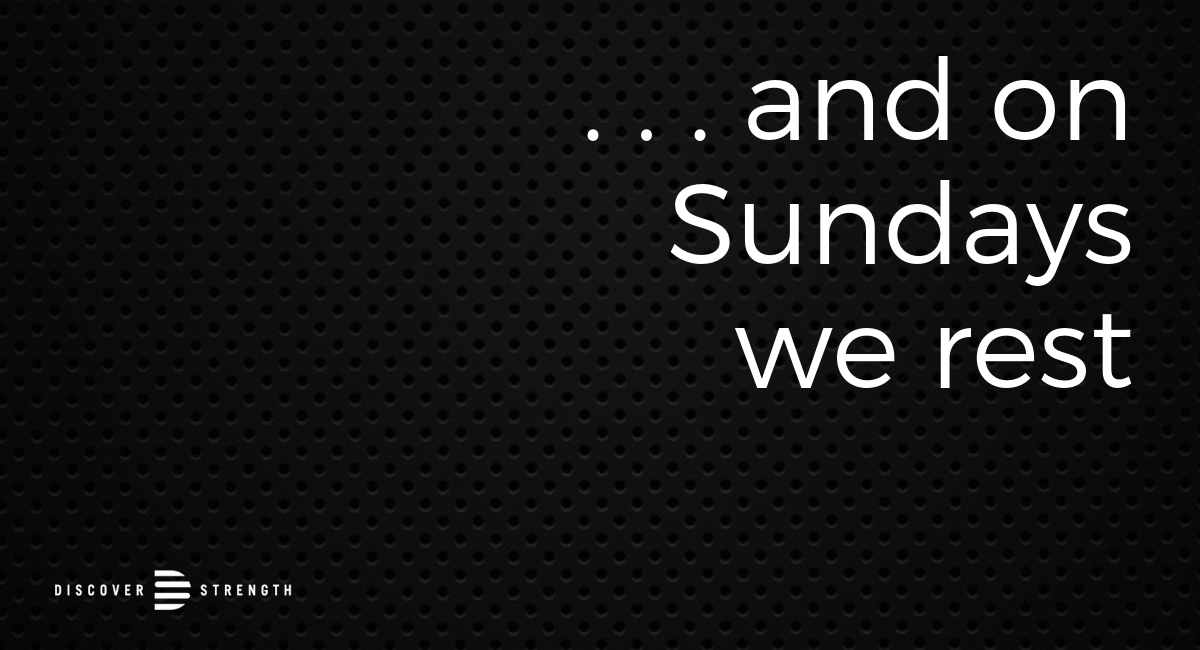The Three Most Prevalent Abdominal Training Myths
- Myth: Training the "core" or the abdominals will help develop an attractive, "6-pack" appearance. The research is very clear that training the abs, regardless of the choice of exercise, volume of exercise, or frequency of exercise, does not reduce abdominal fat, reduce waist circumference, or improve abdominal appearance. Period. Simply, the "rectus abdominis," the muscle under our abdominal fat, becomes stronger and potentially slightly larger in response to training; but the fat that covers this muscle remains unchanged.
- Myth: Training the abs or "core" is important for athletic performance. Indeed, it is the most prevalent of training myths, "The 'core' is where it all starts for an athlete." Authors of a brand new systematic review and meta-analysis published in the journal, Sports Medicine examined the role of "core" training on athletic performance and general fitness. The conclusion? "Our findings indicate that trunk muscle strength plays only a minor role for physical fitness and athletic performance in trained individuals... Trunk muscle strength was associated with only limited gains in physical fitness and athletic performance measures when compared with no or only regular training."
- Myth: You can selectively train the Upper and Lower Abs. Based on electromyographic (EMG) activity recorded during the performance of various abdominal exercises (e.g. crunches, reverse curls, leg lifts), it appears to be impossible to differentially recruit the "upper" or "lower" abdominal muscles. You may feel a particular abdominal exercise more or less in your upper or lower abs; but regardless of where you feel it, the entire abdominal sheath is receiving equal stimulation.
How Often Should I Workout?
An effective fitness program revolves around understanding the “dose-response relationship” of exercise. When contemplating an exercise program, we often focus on, “what should I do?” We must also consider: How often? For how long? How hard? The “dose-response relationship” delineates: What is the proper dose of exercise (the frequency, duration, and intensity) that will elicit the desired response (improved body composition, cardio-respiratory fitness, muscle strength, etc.)? Analogous to the prescription of a drug, too small of a dose, and no effect is produced. Likewise, too large of a dose results in toxicity. Zeroing in on the appropriate dose-response relationship is a paramount pursuit of the exercise scientist.
Are you focusing on your RECOVERY?
Preventing Concussions in Athletes
Although the majority of the media attention around concussions has been devoted to the NFL, younger athletes are far more susceptible to concussions. As awareness of the "concussion crisis" continues to grow, new research has turned to focusing on concussion prevention rather than simply treating concussions and establishing safe and efficacious "return to play" guidelines. A brand new, multi-year research study that was recently published in the Journal of Primary Prevention adds significant understanding to the prevention of concussions in young athletes. A team of researchers collaborating with athletic trainers from high schools in 25 states examined the effects of neck strengthening exercises in boys' and girls' lacrosse, soccer, and basketball. The researchers concluded that weaker, smaller necks were significantly correlated with concussions. Overall neck strength is a predictor of concussion and as neck strength increases, odds of concussion decrease. Take Home Message: If an athlete is participating in a contact or collision sport, comprehensive training of the head and neck muscles is an intelligent and evidence based approach to reducing concussion risk.
Last Day to Order Apparel for November!
Shop a variety of quarter zips, shirts, pants, and hats; all new for the fall/winter season! All items ship directly to your home. Available through tomorrow the 10th!



Leave a Reply
Your email address will not be published.